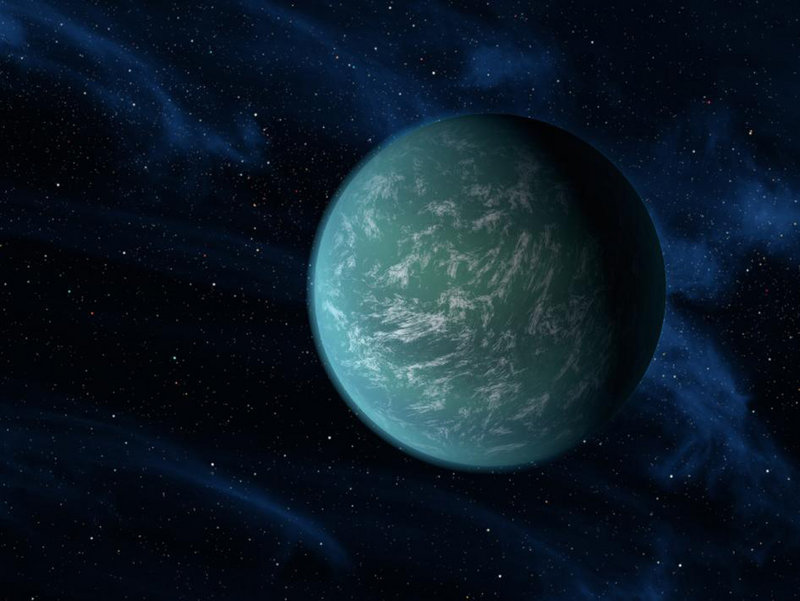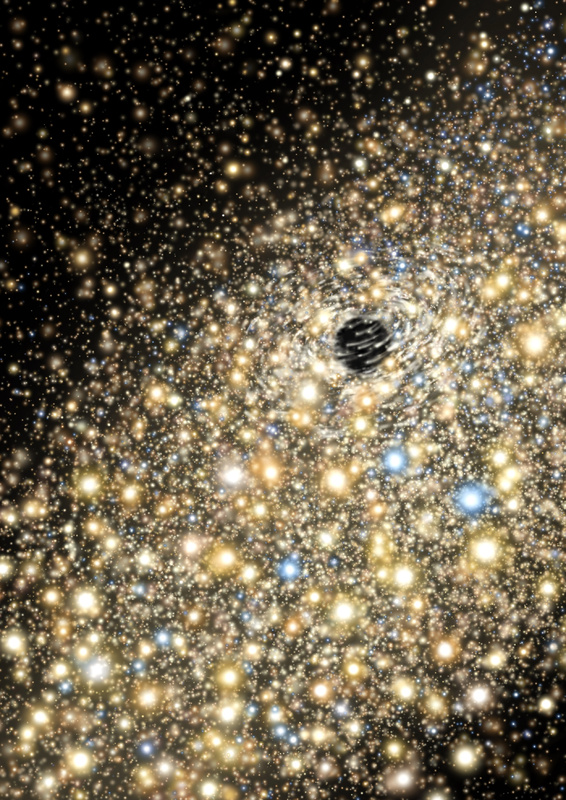WASHINGTON — A newly discovered planet is eerily similar to Earth and is sitting outside our solar system in what seems to be the ideal place for life, except for one hitch. It’s a bit too big.
The planet is smack in the middle of what astronomers call the Goldilocks zone, that hard to find place that’s not too hot, not too cold, where water, which is essential for life, doesn’t freeze or boil. And it has a shopping mall-like surface temperature of nearly 72 degrees, scientists say.
The planet’s confirmation was announced Monday by NASA along with other discoveries by its Kepler telescope, which was launched on a planet-hunting mission in 2009.
It’s the first planet confirmed in the habitable zone by Kepler, which had already found Earth-like rocky planets elsewhere. Twice before, astronomers have announced a planet found in that zone, but neither has been as promising.
“This is a phenomenal discovery in the course of human history,” Geoff Marcy of the University of California, Berkeley, a pioneer of planet-hunting outside our solar system, said in an email. “This discovery shows that we Homo sapiens are straining our reach into the universe to find planets that remind us of home. We are almost there.”
The new planet — named Kepler-22b — has key aspects it shares with Earth. It circles a star that could be the twin of our sun and at just about the same distance. The planet’s year of 290 days is even close to ours. It likely has water and rock.
The only trouble is the planet’s a bit big for life to exist on the surface. The planet is about 2.4 times the size of Earth. It could be more like the gas-and-liquid Neptune with only a rocky core and mostly ocean.
“It’s so exciting to imagine the possibilities,” said Natalie Batalha, the Kepler deputy science chief.
Floating on that “world completely covered in water” could be like being on an Earth ocean and “it’s not beyond the realm of possibility that life could exist in such an ocean,” Batalha said in a phone interview.
Kepler can’t find life itself, just where the conditions might be right for it to thrive. And when astronomers look for life elsewhere, they’re talking about everything from microbes to advanced intelligence.
The planet is 600 light years away. Each light year is 5.9 trillion miles. It would take a space shuttle about 22 million years to get there.
Send questions/comments to the editors.




Success. Please wait for the page to reload. If the page does not reload within 5 seconds, please refresh the page.
Enter your email and password to access comments.
Hi, to comment on stories you must . This profile is in addition to your subscription and website login.
Already have a commenting profile? .
Invalid username/password.
Please check your email to confirm and complete your registration.
Only subscribers are eligible to post comments. Please subscribe or login first for digital access. Here’s why.
Use the form below to reset your password. When you've submitted your account email, we will send an email with a reset code.